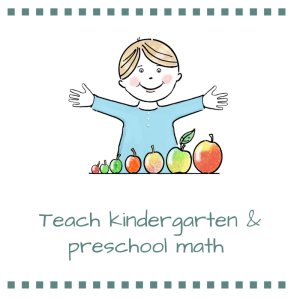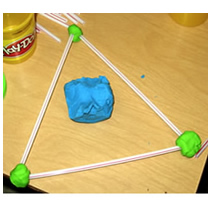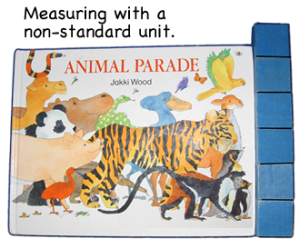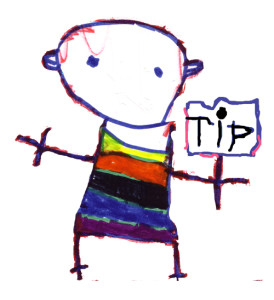Teaching kindergarten and preschool math concepts require much more than handing children math workbooks or worksheets.
Children begin to understand symbols and abstract concepts only after experiencing the ideas on a concrete level.
Children need to have math experiences that incorporate their senses, that require them to experiment and make observations, and that allow them time to investigate a topic further.
Children learning kindergarten and preschool math need to grasp concepts at their own rate. They frequently return to former tasks to try to solve them in new ways and start to record their work with pictures.
How do children learn math?

1. Children learn math with concrete materials…
Children need concrete objects – real stuff, manipulatives, materials, such as blocks, counters, popsicle sticks, in order to make sense of new math concepts or abstract ideas. Read, “Teaching with manipulatives”, for easy steps on how to do this.
Only after children have had ample opportunities to learn a new concept with real objects are they ready to connect their learning to abstract symbols such as numbers and math symbols (34, 22, +, -).
2. Children need lots of time to learn math…
Children need plenty of time to play with math materials before they use them for teacher guided math activities.
3. Children learn math with a meaningful vocabulary…

Children need to link math to their everyday experiences. Math games and activities are good opportunities to build a math vocabulary.
Children need vocabulary to express their mathematical experiences.
A sample kindergarten and preschool math lesson: Measurement
1. Explore Materials
Always give the children a couple of weeks to play with the concrete objects that you are planning to teach with, in this case, wooden blocks. Children need to explore the materials before they are ready to pay attention when using them in a structured activity.
2. Demonstrate

Demonstrate what you would like the child to do. Keep in mind that the students are just getting used to the idea that things can be measured (don’t worry about accuracy yet).
- Choose a pile of identical blocks and a book.
- Line the blocks up against the book; then count the blocks.
Say, “My book is 6 blue blocks long.” - Repeat this process a few times.
- Point out where the first block starts and the last block ends. (Blocks will not be the exact length of the book)
- Talk about why you need to use blocks of the same size.
- Have the children choose a book and identical blocks and try to measure their books.
- Next math period, have the children pay more attention to accuracy, where their blocks are starting and ending. Use vocabulary such as half a block and middle of the block.
3. Show the process of measuring as well as how to record results
When the children are successful at measuring, show them how to measure an object and then how to record the results with a picture. After the children have recorded their math results as a group on a large paper and they understand the connection between the actual activity and the recorded results, have them repeat the measurement activity by themselves and record their own learning.
Provide teacher made recording sheets or have children create their own. Now the children are beginning to connect their concrete learning to abstract symbols, known as the representational, connecting or picture stage.
4. Abstract symbols
Only after the above connections have been made are children ready to use abstract symbols only. Every new math concept needs to be taught using the concrete and connective (pictorial, representational) steps before children are ready for abstract symbols.
Math Teaching Tips 
- When teaching, start with shorter periods of structured activities and increase when the group is ready.
- Change groups frequently as children learn from and gather ideas and vocabulary from each other.
- When children lose interest, change the materials and tasks slightly.
- Small groups of ten children work well for kindergarten math structured activities. The other children can be doing unstructured free exploration with other math equipment at this time.
You will need to train your students to care for classroom materials during the first month of school and with each new set of objects, you add to the classroom. - Don’t put all of your math materials out at once, introduce a few at a time and teach the care of and clean up routines for each one.